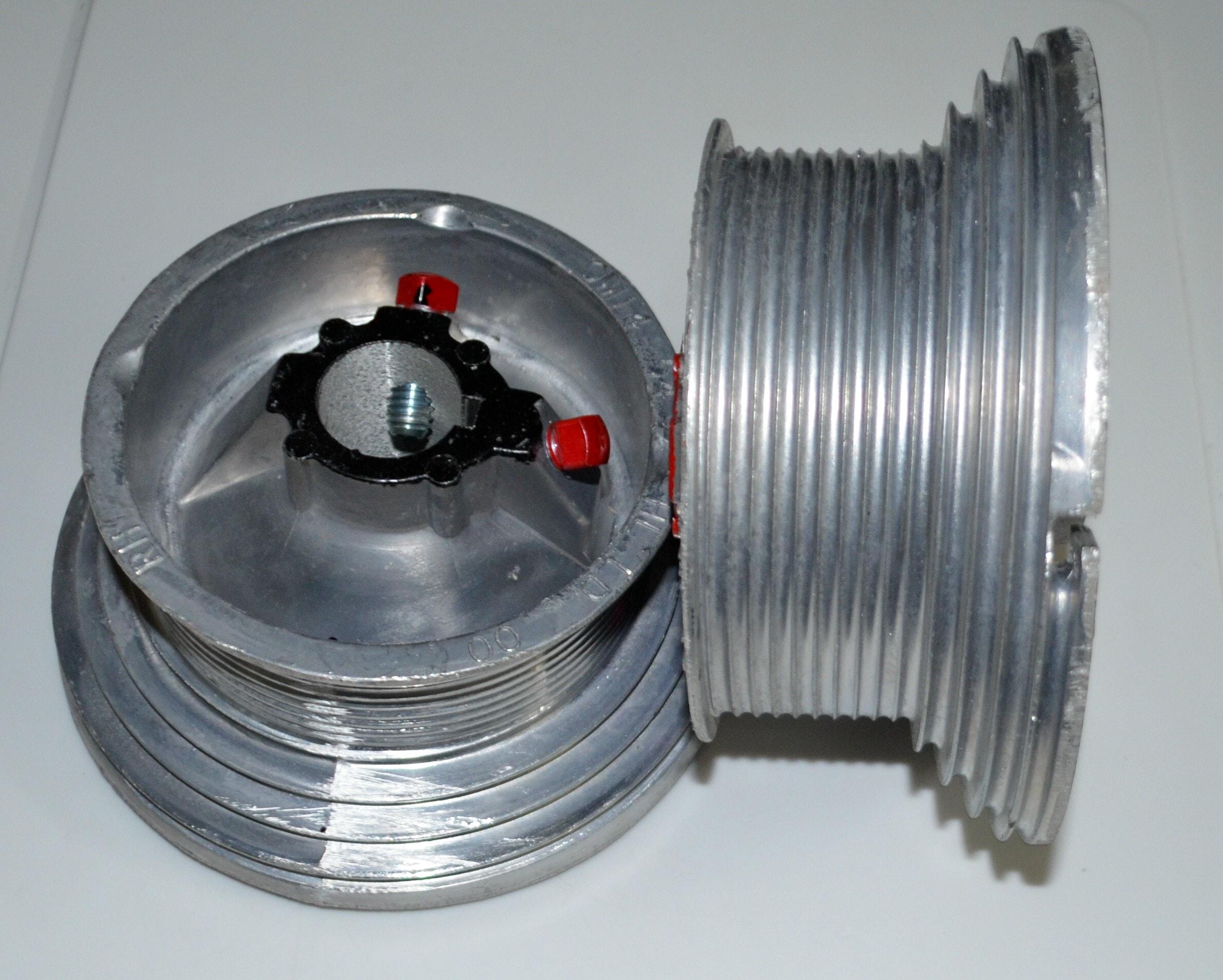Physiotherapy At Home: A Personalized Path to Recovery and Wellness

In today’s fast-paced world, the demand for convenient and personalized healthcare services is growing rapidly. Among these, physiotherapy at home has emerged as a highly effective and accessible option for individuals recovering from injuries, surgeries, or managing chronic conditions. This approach allows patients to receive expert rehabilitation and therapy services in the comfort of their own homes, eliminating the need for frequent travel and providing a more personalized experience.
What is Physiotherapy at Home?
Physiotherapy at home refers to the delivery of physical therapy services by licensed physiotherapists directly at a patient's residence. This can include a wide range of treatments such as:
- Rehabilitation after surgery or injury
- Management of chronic pain
- Improving mobility and strength
- Support for neurological conditions like stroke or Parkinson’s
- Pediatric and geriatric physiotherapy
Home physiotherapy is suitable for people of all ages, particularly the elderly, individuals with mobility issues, and those who prefer a more private and customized therapeutic environment.
Benefits of Home-Based Physiotherapy
1. Convenience and Comfort
One of the biggest advantages is the convenience. Patients do not have to travel to clinics or hospitals, which can be challenging, especially for those with limited mobility or chronic pain. Receiving treatment in a familiar environment also promotes relaxation and comfort, which can positively influence recovery outcomes.
2. Personalized Attention
At-home sessions allow physiotherapists to focus exclusively on one patient at a time. This one-on-one attention enables therapists to tailor treatment plans specifically to the individual's needs, monitor progress closely, and make real-time adjustments to ensure optimal results.
3. Faster Recovery
Being in a comfortable and stress-free environment often leads to better engagement in therapy sessions. With fewer distractions and more personalized exercises, patients may recover faster and more effectively compared to attending group sessions or crowded clinics.
4. Reduced Risk of Infection
For elderly patients or those with weakened immune systems, avoiding public spaces like hospitals or clinics reduces exposure to potential infections. This aspect became especially crucial during the COVID-19 pandemic and remains relevant today.
5. Family Involvement
When physiotherapy is conducted at home, family members can be more involved in the care process. They can observe sessions, learn how to assist with exercises, and provide better emotional and physical support.
Who Can Benefit from Home Physiotherapy?
- Post-surgical patients: Individuals recovering from orthopedic surgeries like knee replacements or spinal surgeries often require regular therapy. Home sessions help maintain continuity in care without straining the body through travel.
- Stroke survivors: Home-based neuro-rehabilitation helps stroke survivors regain mobility, speech, and motor functions in a familiar setting.
- Elderly individuals: Aging adults with arthritis, balance issues, or general weakness benefit greatly from the comfort and personalized pace of in-home therapy.
- Children with developmental delays: Pediatric physiotherapy at home allows therapists to work with children in their natural environment, leading to more effective results.
What to Expect During a Home Physiotherapy Session
A typical home physiotherapy session starts with an assessment of the patient's condition, home environment, and therapy goals. Based on this, the therapist creates a customized treatment plan. Sessions may include:
- Manual therapy techniques
- Supervised exercises
- Balance and coordination training
- Pain management methods (ultrasound, heat/cold therapy)
- Education on posture, movement, and preventive care
Therapists often bring portable equipment or may suggest household alternatives for exercises.
Technology and Remote Support
In addition to physical visits, many physiotherapists now incorporate tele-rehabilitation. This hybrid model allows for video consultations, follow-ups, and guided exercise routines using digital platforms. While it doesn't replace hands-on treatment, it complements in-person sessions and keeps therapy consistent.
Choosing the Right Physiotherapy Service
When selecting a home physiotherapy provider, consider the following:
- Qualifications and experience of the therapist
- Specializations relevant to the patient’s condition
- Availability and flexibility of scheduling
- Feedback or reviews from previous clients
A good therapist not only brings clinical expertise but also strong interpersonal skills to foster motivation and trust.
Final Thoughts
Physiotherapy at home is redefining the rehabilitation experience by bringing expert care directly to the patient's doorstep. Whether recovering from surgery, managing chronic pain, or improving mobility, home-based physiotherapy offers a convenient, effective, and personalized approach to healing and long-term wellness.








